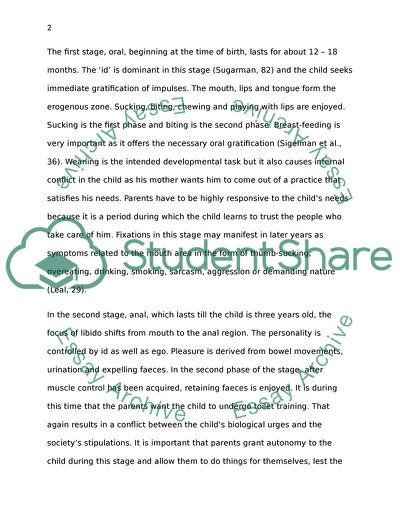Cite this document
(Two Major Aspects of Freudian Theory Report Example | Topics and Well Written Essays - 1250 words, n.d.)
Two Major Aspects of Freudian Theory Report Example | Topics and Well Written Essays - 1250 words. https://studentshare.org/psychology/1737399-discuss-two-major-aspects-of-freudian-theory
Two Major Aspects of Freudian Theory Report Example | Topics and Well Written Essays - 1250 words. https://studentshare.org/psychology/1737399-discuss-two-major-aspects-of-freudian-theory
(Two Major Aspects of Freudian Theory Report Example | Topics and Well Written Essays - 1250 Words)
Two Major Aspects of Freudian Theory Report Example | Topics and Well Written Essays - 1250 Words. https://studentshare.org/psychology/1737399-discuss-two-major-aspects-of-freudian-theory.
Two Major Aspects of Freudian Theory Report Example | Topics and Well Written Essays - 1250 Words. https://studentshare.org/psychology/1737399-discuss-two-major-aspects-of-freudian-theory.
“Two Major Aspects of Freudian Theory Report Example | Topics and Well Written Essays - 1250 Words”. https://studentshare.org/psychology/1737399-discuss-two-major-aspects-of-freudian-theory.


